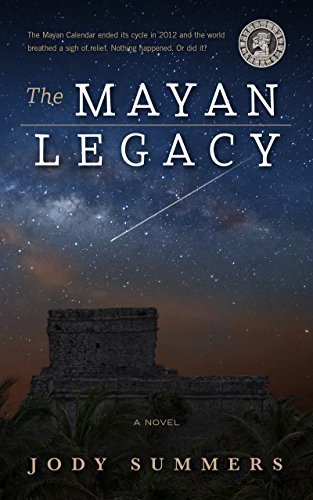
The Lost City of the Monkey God
Book Description
Lost for centuries, the fabled city of the Monkey God beckons with promises of untold riches and ancient mysteries. As a team of explorers embarks on a treacherous journey deep into the remote jungles of Honduras, they encounter not just the perils of the dense wilderness, but the haunting specter of a lost civilization. Danger lurks behind every twist—a deadly pathogen, greed-fueled betrayal, and the chilling truth of what lies within the ruins. Will they unearth the secrets of the past, or will the jungle claim them before they can reveal its story? What dark forces await in this uncharted territory?
Quick Book Summary
"The Lost City of the Monkey God" by Douglas Preston chronicles a modern scientific expedition searching for the lost Honduran city of La Ciudad Blanca—long rumored to be the legendary "White City" or "City of the Monkey God." Using cutting-edge LiDAR technology from the air, Preston and a team of archaeologists, scientists, filmmakers, and soldiers embark on a perilous journey into one of the last unexplored rainforests. The team navigates treacherous terrain, faces deadly wildlife, and contracts life-threatening diseases as they uncover remnants of a vanished civilization, challenging assumptions about indigenous history. Preston also grapples with the ethical, cultural, and environmental implications of their discoveries. The result is a gripping account blending adventure, scientific discovery, and reflection on what it means to intrude upon the past and the wild.
Summary of Key Ideas
Table of Contents
Modern Technology Unveiling Ancient Mysteries
Preston opens with the allure of the ancient legend: a lost city deep within Honduras’ Mosquitia rainforest, long called the White City or the City of the Monkey God. This legend, fueled by explorers and locals alike, promises fabulous riches and mysterious curses. Previous attempts to locate the city ended in failure or disaster. Advances in LiDAR technology, which allows scientists to scan the jungle floor from the air, ignite new hope. Preston joins a multinational team determined to validate the legend and probe the truth behind centuries-old stories.
Perils and Wonders of the Honduran Jungle
The expedition is anything but straightforward. The Mosquitia is a realm of dense, untamed wilderness, with near-impenetrable vegetation, venomous snakes like the fer-de-lance, relentless insects, and torrential rains. The team confronts logistical nightmares just to reach the remote valley, facing hazards at every turn. Once on site, they discover remarkably well-preserved ruins—pyramids, plazas, and artifacts untouched for centuries. This is a rare archaeological find, offering tangible proof of a civilization that flourished and then vanished, upending assumptions about the capacities of pre-Columbian cultures in Central America.
Encountering a Lost Civilization
As the team examines the ruins, they realize the site’s isolation has helped preserve it—but also leaves them exposed to significant health threats. Preston and several members contract leishmaniasis, a disfiguring parasitic disease transmitted by sandflies. Their battle with this illness, both during and after the expedition, underscores the hazards inherent in such undertakings and raises questions about the personal costs of exploration. The story becomes both an adventure and a cautionary tale about the unpredictability of the natural world.
Personal and Societal Risks of Exploration
Beyond the immediate dangers, Preston situates the journey within broader debates about archaeology and ethics. He explores the responsibility that comes with unearthing a lost culture’s remnants: the need to protect heritage, consider local claims and stories, and avoid repeating colonial attitudes of conquest. Preston’s reflections touch on issues of scientific discovery versus exploitation, tensions between progress and preservation, and the limits of human knowledge in the face of nature’s power.
Reflections on Discovery and Its Consequences
The conclusion intertwines awe and sobering reality. The city’s rediscovery inspires excitement and respect for the achievements of its builders, but also serves as a stark reminder of how disease and environmental collapse contributed to its downfall—a warning with modern resonance. Preston’s tale weaves together suspense, historical insight, and ecological caution, challenging readers to consider both the value and the cost of unlocking the past.
Download This Summary
Get a free PDF of this summary instantly — no email required.





